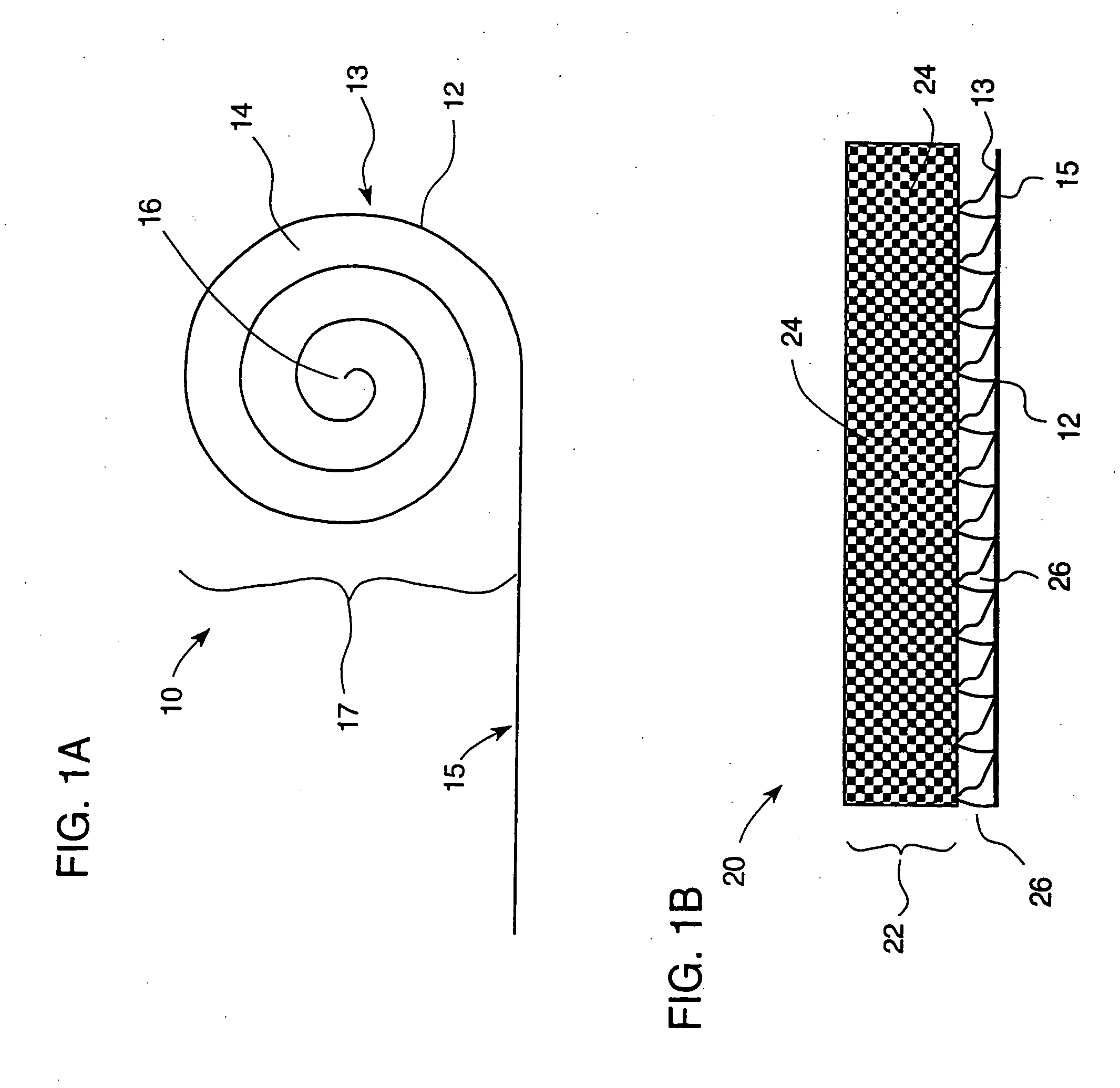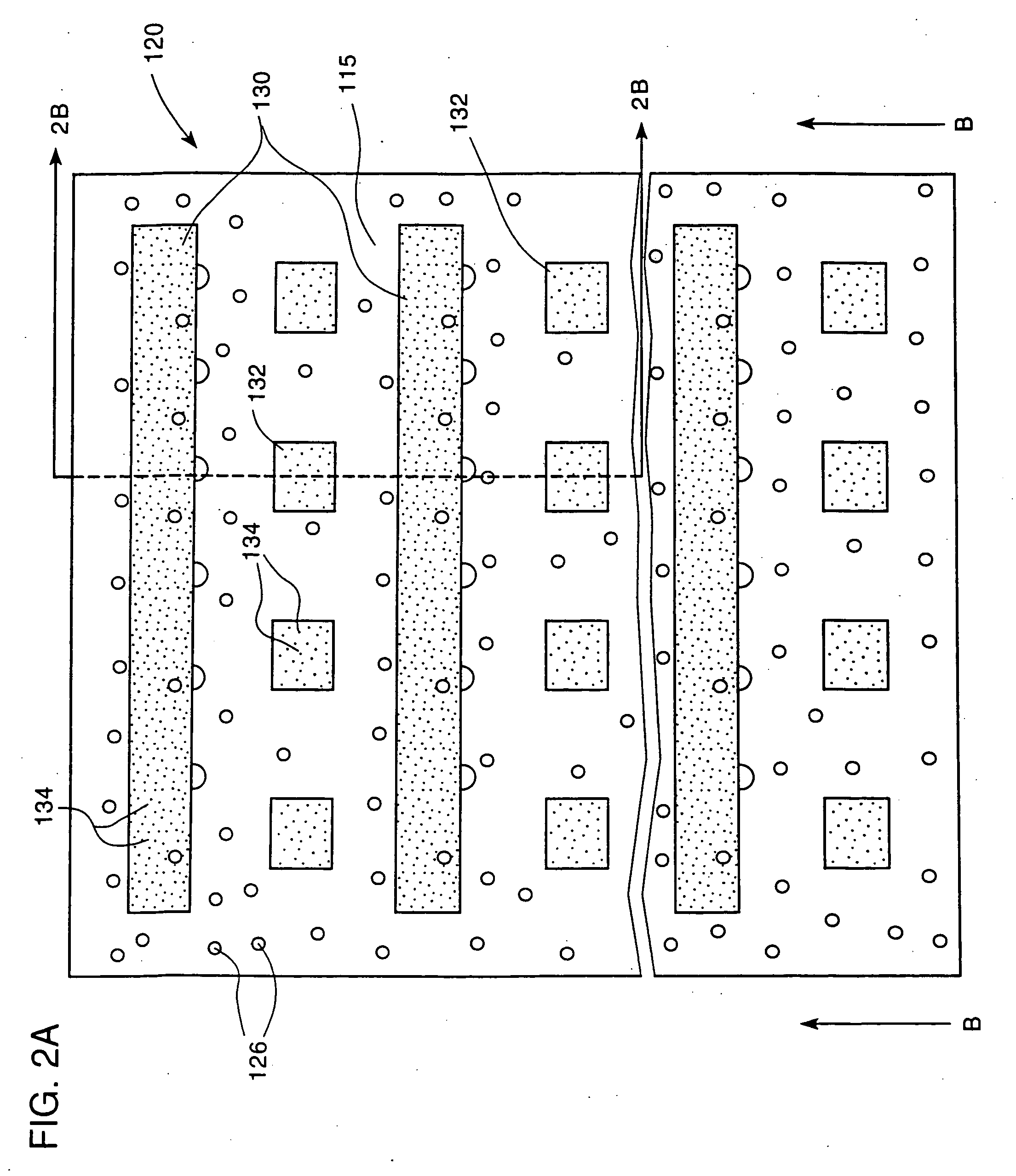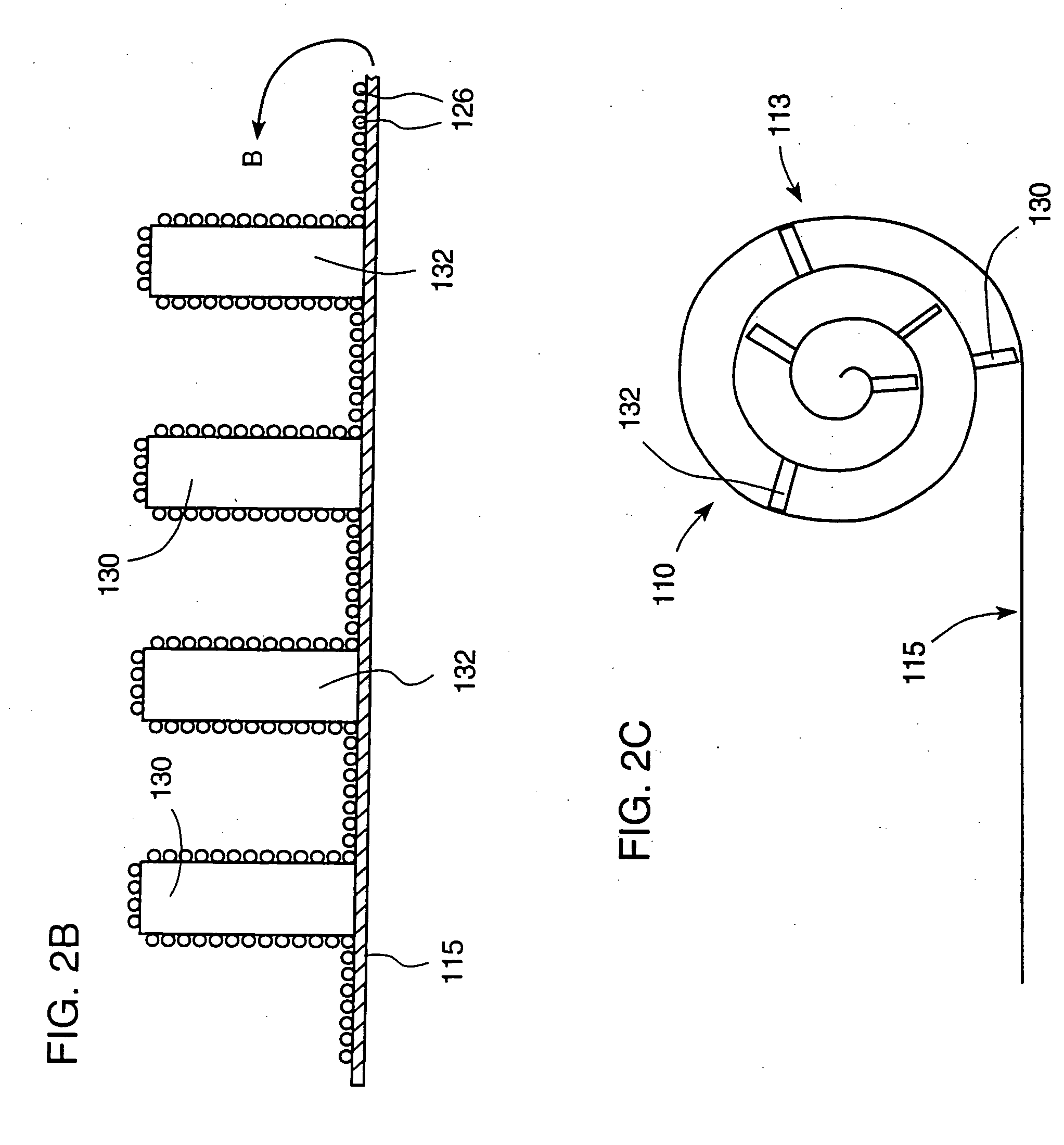Neural regeneration conduit
a neurotrophic agent and conduit technology, applied in the field of can solve the problems of limited success in the combination of these approaches, and achieve the effect of facilitating neurotrophic agent concentration gradient formation
- Summary
- Abstract
- Description
- Claims
- Application Information
AI Technical Summary
Benefits of technology
Problems solved by technology
Method used
Image
Examples
example
[0046] Schwann cells were isolated from neonatal Fisher rats. Small intestinal submucosa (SIS) was harvested from adult Fisher rats for use as a support material in a nerve regeneration conduit. The SIS was cut into 7 mm by 8 cm pieces and pinned out. Schwann cells were plated onto the SIS sheets and cultured until they reached confluence. The strips were then rolled into a laminar structure and implanted across a 7 mm gap in the rat sciatic nerve (n=12). Control animals received SIS conduits without Schwann cells (n=11) or an autograft repair (n=12).
[0047] At both 6 and 10½ weeks, functional recovery through the Schwann cell-laden SIS conduits, measured by sciatic function index, exceeded that through the cell-free conduits, but compared favorably with autografts.
PUM
 Login to View More
Login to View More Abstract
Description
Claims
Application Information
 Login to View More
Login to View More - R&D
- Intellectual Property
- Life Sciences
- Materials
- Tech Scout
- Unparalleled Data Quality
- Higher Quality Content
- 60% Fewer Hallucinations
Browse by: Latest US Patents, China's latest patents, Technical Efficacy Thesaurus, Application Domain, Technology Topic, Popular Technical Reports.
© 2025 PatSnap. All rights reserved.Legal|Privacy policy|Modern Slavery Act Transparency Statement|Sitemap|About US| Contact US: help@patsnap.com



